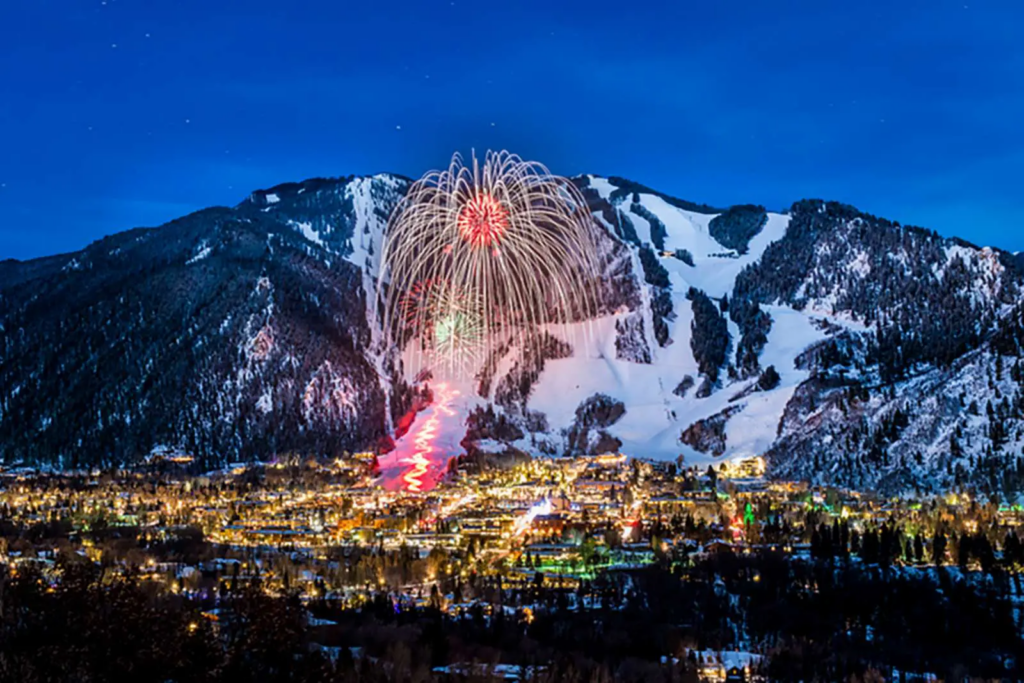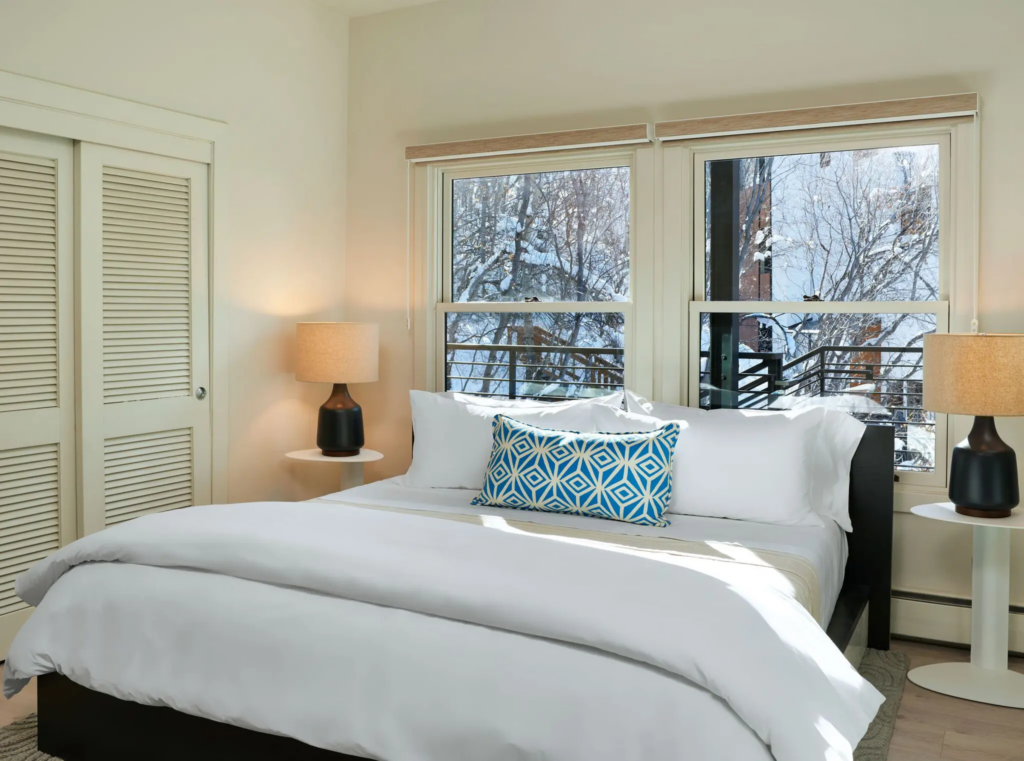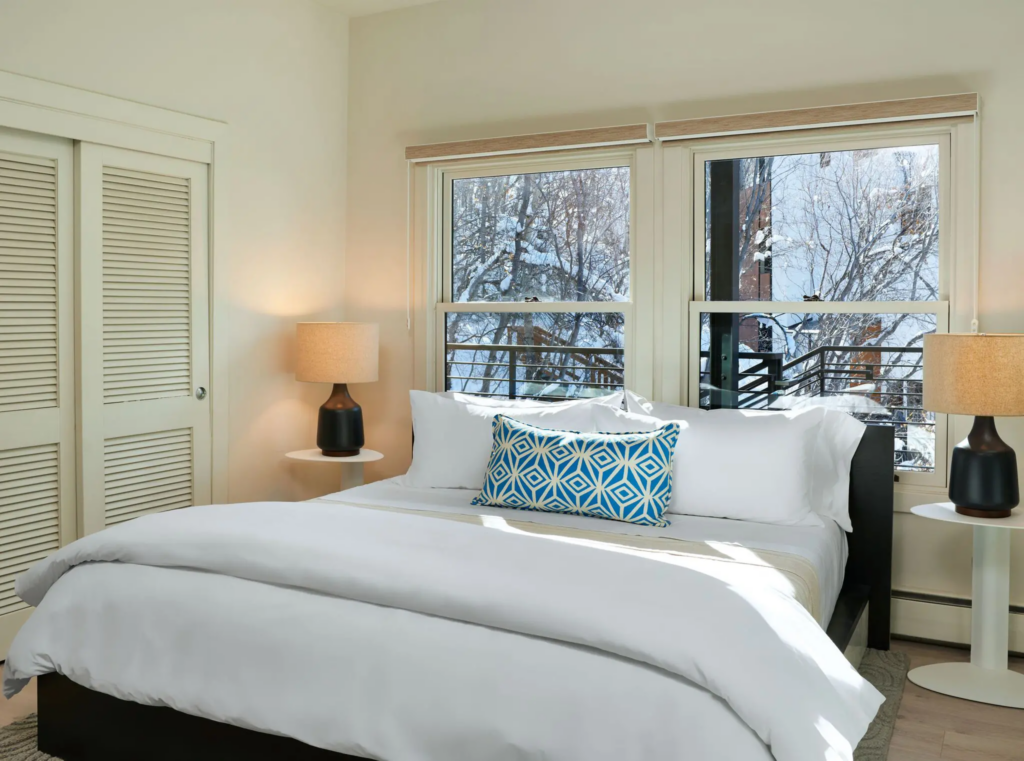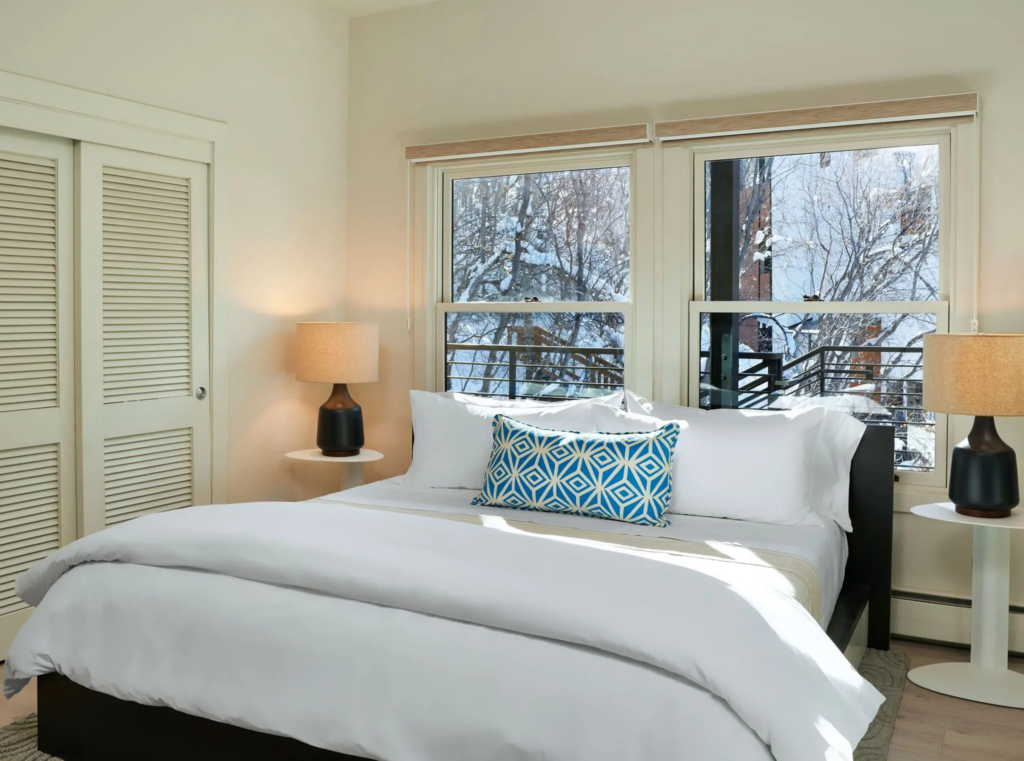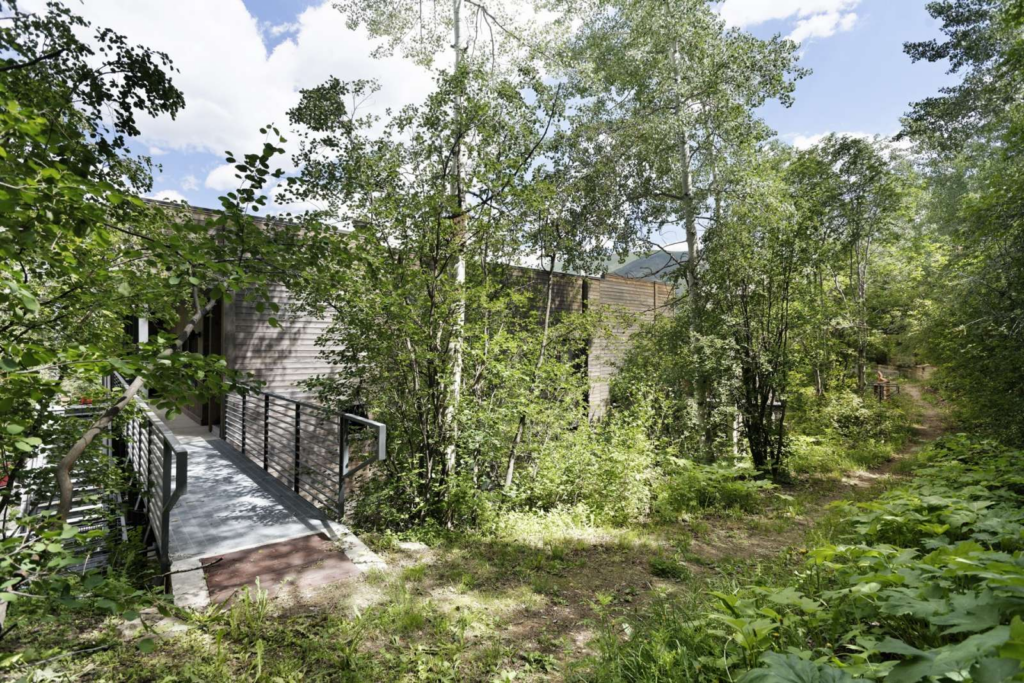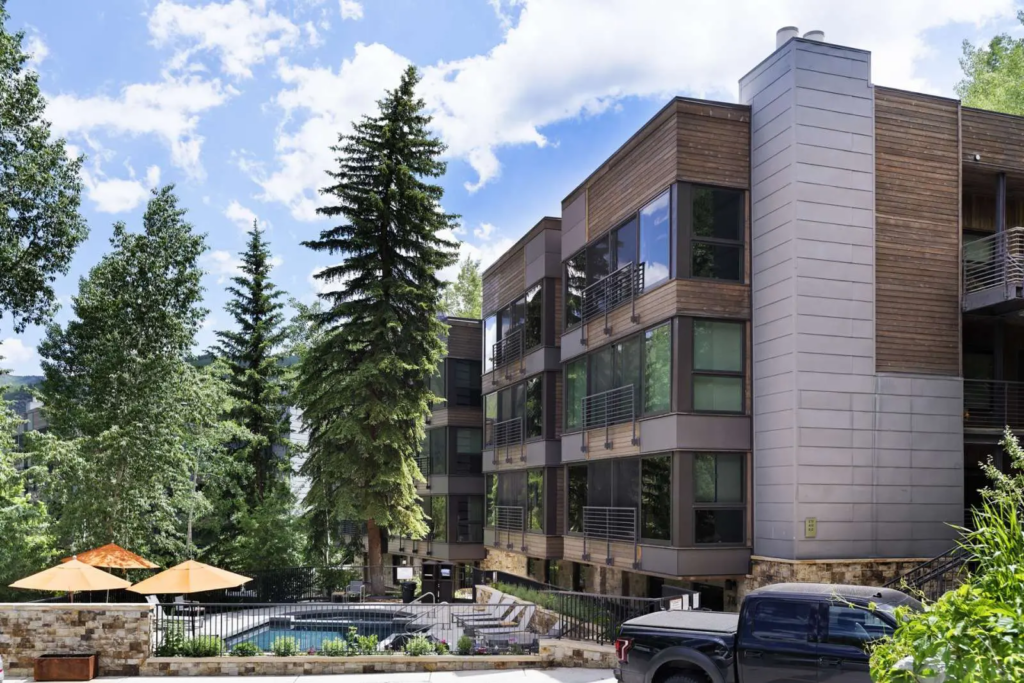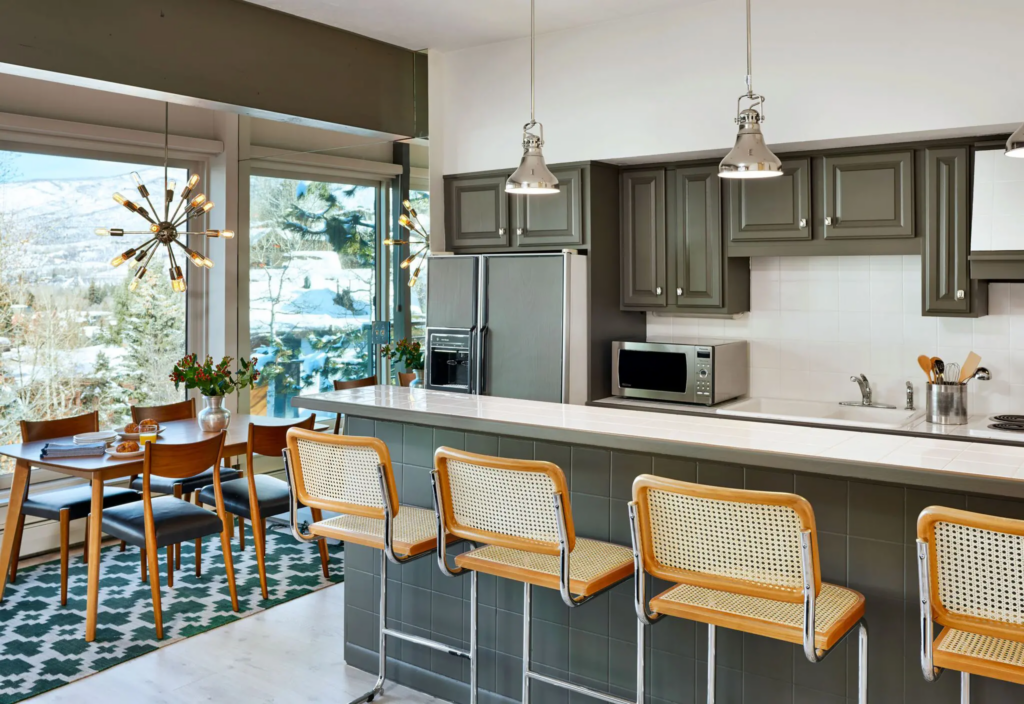Table of Contents
Where to Park in Aspen can be quite the challenge, especially since, in peak seasons, the town is filled with tourists and visitors. Whether you come to ski, summer away, or just stop for a visit, knowing where to park will save you time, money, and a lot of hassle. From paid parking lots located in the downtown core to free locations just outside town, we have given you a guide to parking like a pro.
Downtown Parking – Convenience Comes at a Cost
Aspen Core offers lots of parking spaces, but convenience is rarely cheap. The parking areas downtown follow a tiered pricing system whereby peak hours attract much higher prices. For short stops like grabbing coffee or shopping, you can park at metered spots for a maximum of four hours. Pro tip: Just in case you need to dash in somewhere, take advantage of the free 15-minute payment option via PayByPhone.
Rates in Peak Season (Winter & Summer):
• $4 per hour in the morning
• $6 per hour during midday
• $4 per hour in the late afternoon
Off-Season Rates (Spring & Fall):
• $2 per hour in the morning
• $4 per hour at midday
• $2 per hour in the late afternoon
Aspen does not mess around with parking enforcement, so just a heads up for those considering tempting fate by going meter-free. Otherwise, you can count on taking home a bright orange keepsake in the form of a ticket. It’s the best pay for your spot.
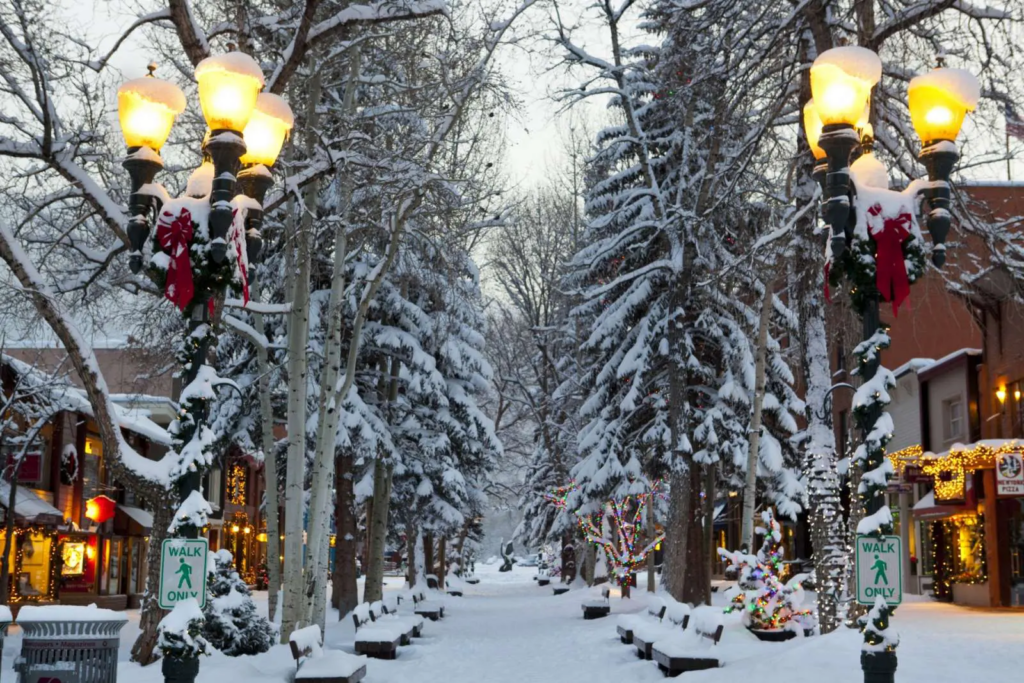
Residential Zone Parking – The Two-Hour Rule
Adjacent to the downtown core, Aspen has a free two-hour parking in its residential parking zones. However, it would be a one-time allowance per zone every day. If you think you can park, leave, and return for another two-hour use, think again. The city’s parking system would remember where you’ve been, so unless you want to sample the quality of Aspen’s meter maids, get yourself moved to a different zone once your time is up.
Should you require a longer stay, a day pass can be bought for $8 and would allow all-day parking in residential zones. That’s actually really easy because you can get it from the PayByPhone app or by simply texting ASPEN2 to 25023.
Rio Grande Parking Garage – Shelter for Your Car
The Rio Grande Parking Garage is by far the best option if you want a garage with a cover. This facility at 425 Rio Grande Place is open 24/7, and the parking rates are comparatively reasonable, especially when compared to downtown street parking.
Rates:
• 1 hour – $2
• 2 hours – $4
• 3 hours – $6
• Daily max – $12
One of the best perks? Free parking from 5:00 p.m. to 5:00 a.m. every day and all-day free parking on Sundays and some holidays. For a late-night dinner or bar-hopping, it serves as a nice wallet-friendly parking area.
Brush Creek Park & Ride – The Smart Budget Choice
Brush Creek Park & Ride is the ultimate goldmine of free parking in Aspen. Situated five miles out of town, it offers free parking with regular bus services using the Roaring Fork Transit Authority (RFTA). Buses run frequently, so there is no need to worry about getting into downtown Aspen without losing out to congestion or parking fees.
Great option if you’re going in from outside the city and you don’t want to go overboard on parking fees in Aspen- save money and avoid the headache of finding where to park in Aspen.
Carpool and Eco-Friendly Parking Perks
Aspen digs car-poolers! If there is someone else traveling with you, you can have free carpool parking permits that will allow you to park in specific residential parking areas. And to avail of that permit, get on over to the Brush Creek Park & Ride Parking Kiosk before you head on into town. It is an environmentally conscientious and cost-saving alternative worth considering when traveling with friends and family.
ADA-Accessible Parking
There are designated ADA parking spaces for Aspen all over the city. Vehicles bearing a valid ADA permit may park free of charge without any time limit in any legal parking space. Therefore, there is no need to worry if visiting Aspen requires accessible parking; all the facilities are wonderful for mobility.
Public Transportation – The Ultimate Hassle-Free Option

Then public transport is free and efficient; hence it sounds like parking is just going to get too much trouble in Aspen. The Downtown Shuttle is an excellent mode of transport for local downtown connections, while the RFTA buses offer a free service throughout Aspen, Snowmass Village, and many areas in between. If you stay in town, get rid of your car and use these free options.
Finding the Right Parking Spot
So now that you know Where to Park in Aspen, what’s left is picking what works for your visit. If convenience is your preference and cost does not bother you, go for downtown parking or the Rio Grande Parking Garage. The Brush Creek Park & Ride would be it for you if you’re on the cheap side- easily accessible and free of charge. Carpooling, public transit, and good knowledge of residential areas will help make the trip easier for you.
And if you’ve planned a longer stay in Aspen that simply doesn’t justify the cost of luxury hotels, check out these luxury Apartments in Aspen, CO. They’re comfortable without being too inconvenient.





